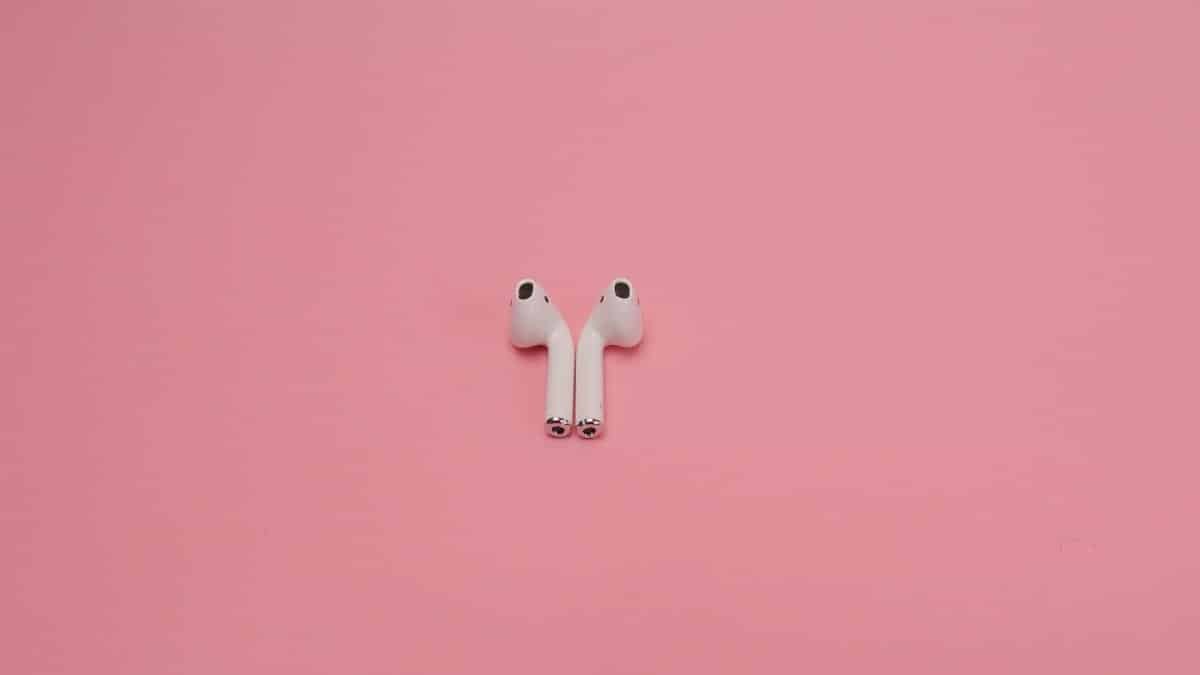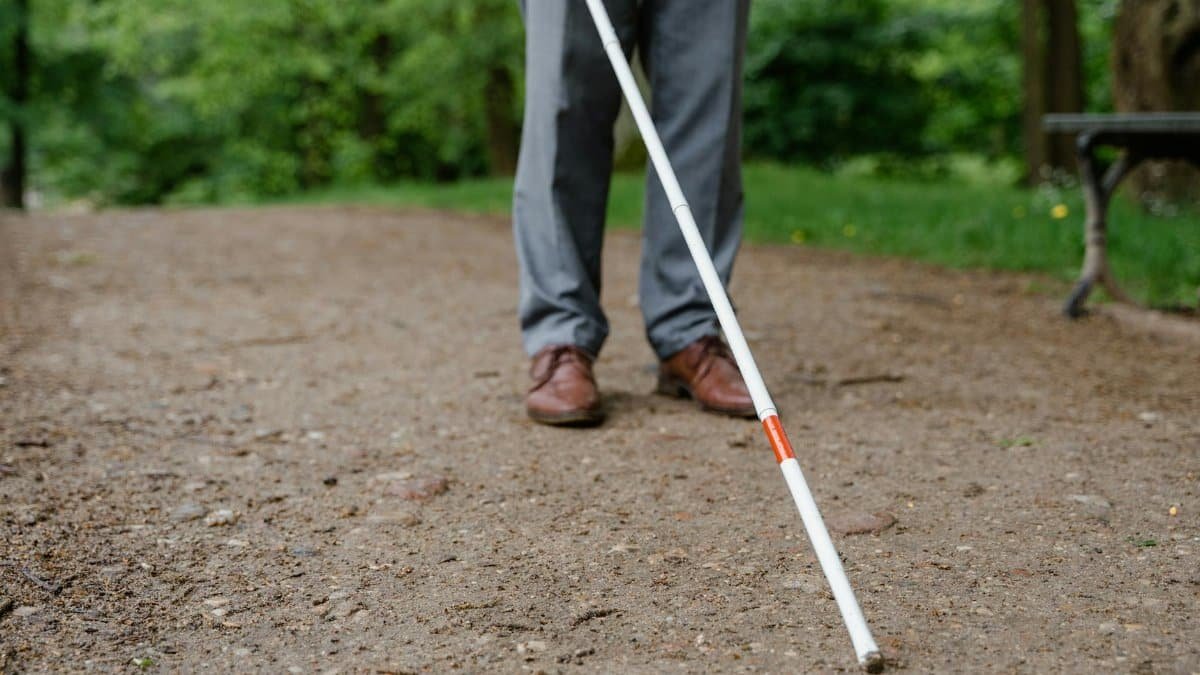Imagine a quiet room, the air humming with low, resonant tones as a small group settles onto yoga mats. A facilitator strikes a gong, and the vibrations seem to ripple through the space, almost tangible. This is no ordinary meditation session—it’s a sound bath, a practice gaining traction across the U.S. for its ability to soothe the mind. But beyond relaxation, there’s a deeper effect at play. Many participants report that a sound bath can quiet the relentless “inner critic”—that nagging voice of self-doubt or judgment. As the tones wash over them, something shifts. Could this auditory experience, often paired with binaural beats, rewire how we talk to ourselves? In 2025, with stress and burnout still looming large, understanding the link between sound baths and mental clarity feels more relevant than ever.
The Science of Sound and the Brain

Sound baths aren’t just a wellness trend; they’re rooted in measurable effects on the brain. When participants lie down and let frequencies from gongs, singing bowls, or digital binaural beats envelop them, their brainwaves often shift. Research suggests that certain sound frequencies can nudge the brain into slower states, like theta or delta waves, associated with deep relaxation or sleep. This isn’t mere speculation. A study from the National Center for Biotechnology Information highlights how auditory stimulation can influence neural activity, potentially reducing stress responses.
But how does this connect to the inner critic? That critical voice often thrives in a hyperactive mind, fueled by the brain’s default mode network—a system tied to rumination and self-referential thoughts. Sound baths may disrupt this cycle, quieting overthinking by engaging the brain in a different rhythm. It’s not a cure, but a pause. One attendee described the aftermath as “like turning down the volume on a radio that’s been blaring doubts.”
Binaural Beats and Neuroplasticity

Dig into sound bath sessions, and you’ll often find binaural beats woven into the experience. These are auditory illusions created when two slightly different frequencies play in each ear, tricking the brain into perceiving a third tone. The result? A potential shift in mental state. Studies, including one summarized by the Frontiers in Human Neuroscience, suggest binaural beats can enhance focus or relaxation by altering brainwave patterns.
More intriguing is their link to neuroplasticity—the brain’s ability to reorganize itself. Chronic negative self-talk, the hallmark of the inner critic, can carve deep neural pathways over time. Binaural beats might help interrupt those patterns, offering the brain a chance to form new, less critical connections. It’s not rewiring overnight, but consistent exposure could nudge the mind toward kinder internal dialogue. Think of it as mental conditioning through sound.
Why the Inner Critic Persists

That harsh inner voice isn’t just a quirk—it’s a survival mechanism gone awry. Psychologists argue it often stems from evolutionary wiring, where self-criticism once kept us alert to threats or social missteps. Today, though, it’s more likely to berate us over a missed deadline than a predator. The problem is persistence. A 2021 survey by the Pew Research Center noted a spike in anxiety and self-reported stress among Americans, often tied to internal pressures.
For many, the sound bath inner critic dynamic feels like a direct counter. The immersive tones don’t argue with the voice; they sidestep it, creating a space where judgment struggles to take hold. It’s not about silencing forever but learning to dial down the intensity. As one person put it after a session, “I didn’t solve my problems, but I stopped feeling like they defined me.”
Sound Baths in Everyday Life

Not everyone has access to a local sound bath studio, especially outside urban hubs. Yet the practice is adapting. Apps and online platforms now offer guided sessions with binaural beats, letting users replicate the experience at home with headphones. It’s a democratized shift—no gong required. A quick search reveals countless recordings tailored to stress relief or self-compassion, often free or low-cost.
Still, there’s a catch. Without the communal energy of a group session, some find it harder to let go. A middle-aged woman shared how her first solo attempt felt flat: “I kept checking my phone. In a studio, the vibe forces you to stay present.” For the sound bath inner critic effect to work, commitment matters—whether it’s five minutes or fifty. The key is consistency, carving out space for the mind to reset.
Cultural Shifts and Sound Therapy

Sound baths aren’t new—indigenous cultures have used rhythmic sound for healing across centuries. What’s different in 2025 is the mainstream embrace. Wellness centers in cities like Los Angeles and Chicago report packed sessions, while corporate retreats now include sound therapy to combat employee burnout. It’s a far cry from the fringe reputation of a decade ago. Even schools are experimenting, with some integrating short sound-based mindfulness exercises to help students manage anxiety.
This cultural pivot reflects a broader hunger for non-traditional mental health tools. When the inner critic fuels stress, conventional talk therapy isn’t always the answer—or accessible. Sound baths offer an entry point, no diagnosis required. Data from the CDC underscores rising mental health challenges; alternative practices like this are stepping into the gap, resonating with those seeking quiet amid chaos.
Challenges and Skepticism

Not everyone buys into the hype. Critics argue that sound baths, and their effect on the inner critic, lack rigorous evidence. While small studies show promise, large-scale, controlled trials are scarce. Skeptics also point to the placebo effect—perhaps it’s the act of slowing down, not the sound itself, that calms the mind. One neuroscientist cautioned in a recent interview, “We’re still early in understanding how auditory stimuli impact self-perception long-term.”
There’s also the risk of over-reliance. A sound bath won’t dismantle deep-seated insecurities or replace professional help for severe anxiety. It’s a tool, not a fix. Participants can hit a wall if expectations are too high—hoping for instant transformation rather than gradual relief. Navigating this balance is crucial, especially as the practice grows and draws in newcomers eager for a quick solution.
A Path to Quieter Self-Talk

Picture a typical session: the room dims, a low hum builds, and for a fleeting hour, the world’s noise fades. For many, this is where the sound bath inner critic connection shines brightest. It’s less about erasing self-doubt and more about loosening its grip. The brain, bathed in sound, gets a chance to step off the treadmill of judgment. Over time, that pause can build resilience.
This isn’t a universal remedy, nor should it be. But in a society where self-criticism often runs unchecked, sound baths offer a unique reprieve. They remind us that stillness—auditory or otherwise—can be a radical act. As more Americans turn to these practices in 2025, the question isn’t whether they work for everyone. It’s whether we’re willing to listen, both to the tones and to the quieter voice beneath the noise.
